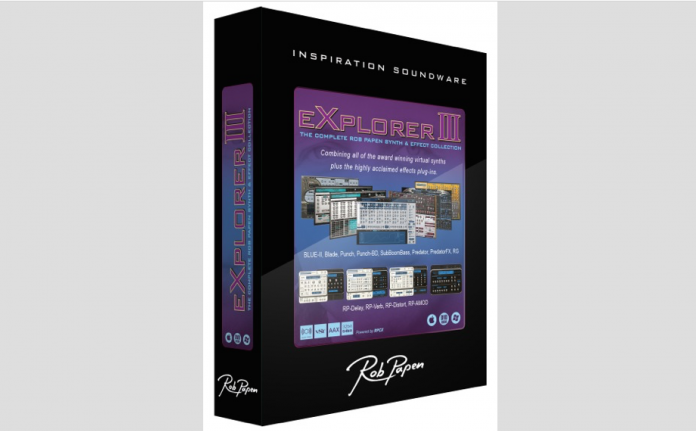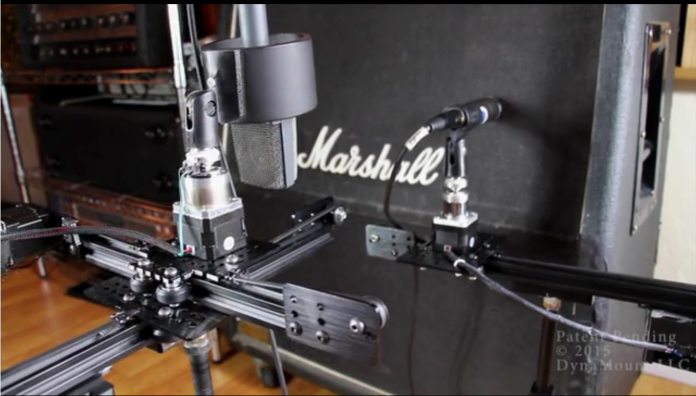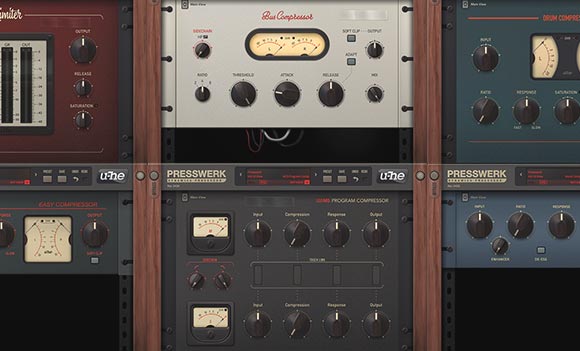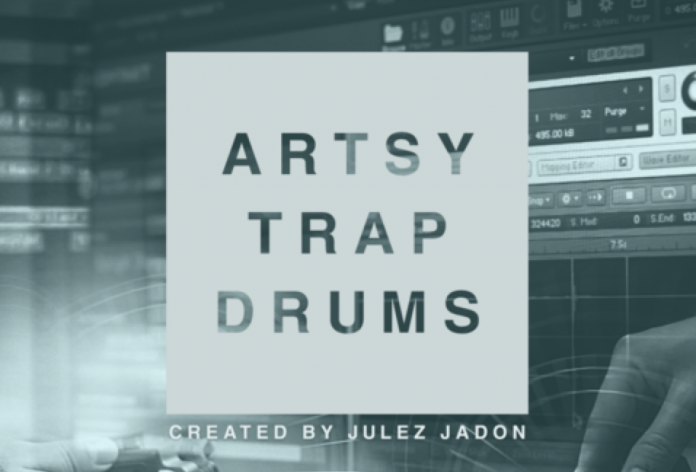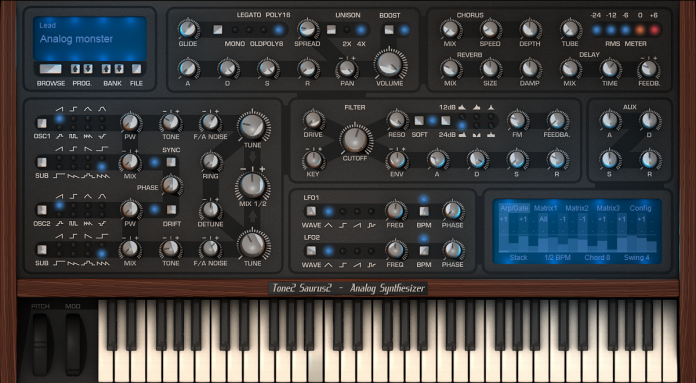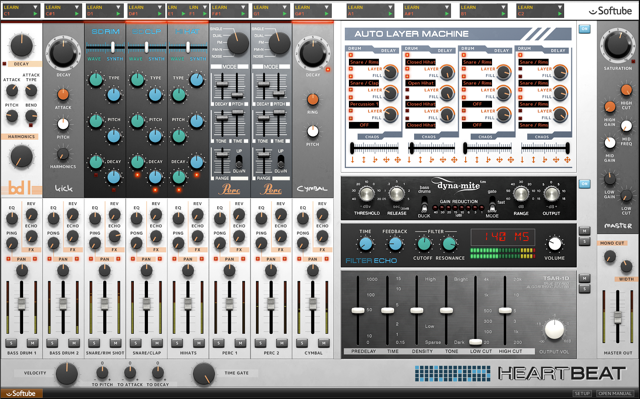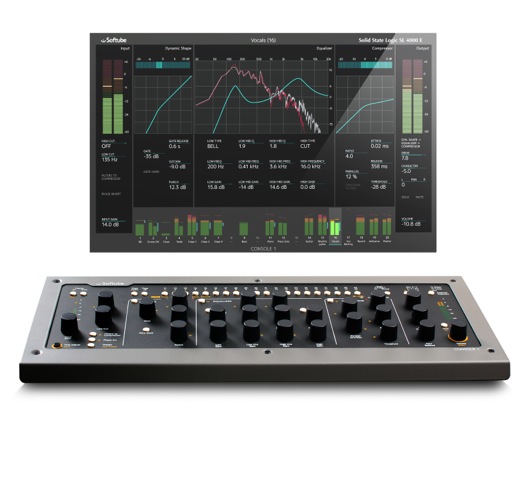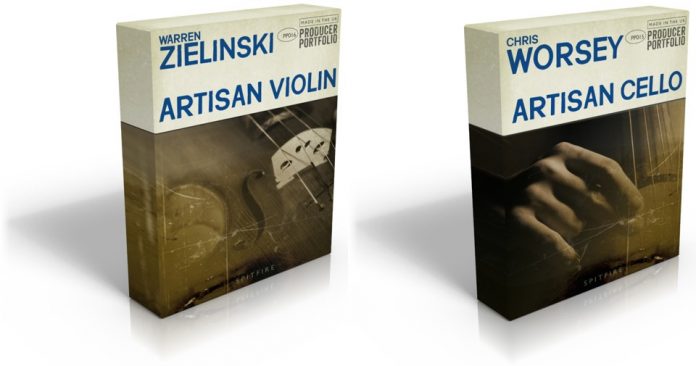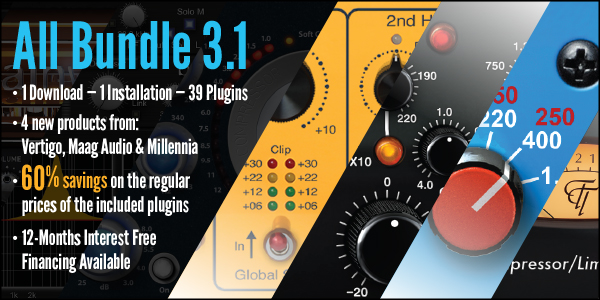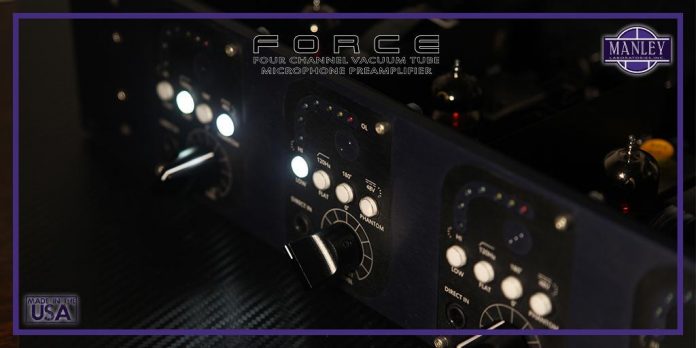Spitfire has made some stellar sound libraries for Kontakt 5, The Artisan Violin and Artisan Cello is no different. Most sound libraries concentrate on the orchestra as a whole, but Spitfire brings each instrument to the spotlight.
LONDON, UK: compositional tools creator Spitfire Audio is proud to announce availability of PP015 ARTISAN CELLO and PP016 ARTISAN VIOLIN — the latest additions to its Producer Portfolio range of sample-based virtual instruments for Native Instruments’ industry-standard KONTAKT 5 platform, dedicated to providing producers, songwriters, and composers with raw, untreated instruments in a neutral space to make their own — as of April 13…
PP015 ARTISAN CELLO represents the next instalment in Spitfire Audio’s vibe-y, personality-led, performance-orientated range of sample-based virtual instruments that are finding their way onto award-winning recordings the world over. This time, the London-based compositional tools creator has turned to fellow London-based cellist Chris Worsey with a view to bringing cool to user’s solo (virtual) instrument arsenal. As such, it is centred around a sophisticated sample-based virtual instrument with a host of ‘artisan’ phrases — hence its apt appellation, together with standard and additional techniques, including ‘Performance Vibrato’ to provide a realistic-sounding out-of-the-box instrument that truly captures Chris’ very soul with an on- trend cello style suited to searing emotion to heartbreaking timidity and (almost) anything in-between. Hardly surprising, really, given the ‘Vibe Master General’s’ genre-bridging background history.
Having graduated from London University (Royal Holloway) with a music degree, Chris continued his cello studies with Chris Bunting at the Royal College Of Music. Mainly he now works as a session musician, recording contributions to many notable film soundtracks, including Batman: The Dark Knight, Skyfall, Sherlock Holmes, The Bourne… series, and The Hobbit, as well as television shows such as the BBC’s Dr Who, Inception, and Into The Woods. When not performing with many orchestras, such as the Royal Philharmonic, Chris can be found working with contemporary composers, including Joby Talbot, Max Richter, and Andrew Skeet. He has also toured and recorded with numerous rock and pop acts, including Sir Paul McCartney, Radiohead, Sam Smith, Florence And The Machine, Adele, and The Divine Comedy. Currently, Chris acts as Musical Director for the band Elbow.
Exactly what went into producing PP015 ARTISAN CELLO, then — other than, of course, Chris’ coolness? For starters, Spitfire Audio’s own purpose-built ‘dry’ stage in Central London. Here recordings were made using six different top-range types of microphones and perspectives into high-end Neve mic preamps, plus Cranesong and Apogee A-to-D convertors. Continuing our musical journey to sample-based virtual instrumental glory, the GUI (Graphical User Interface) is a ‘classic’ control panel, allowing users to access the superlative sounds within — 13 deep sampled articulations, 13,879 samples, and 13.63 GB of uncompressed raw WAV (24-bit/48kHz) data (download footprint of 7.56 GB of lossless compressed data), no less — and musically mix them together with the greatest of ease. Alongside the various signal chains sampled, which can also be loaded, mixed, and assigned to different outputs, users can also tweak the general settings — for example, how many round robins and how would you like them to behave? Better still, articulations abound: Long (Artisan), Long (Harmonics), Long (Sul Pont Distorted), Long (Sul Pont), Long (Sul Tasto), Long (Tremolo Sul Pont), Long (Tremolo Unmeasured), Long (‘Performance Vibrato’), Short (Pizzicato), Short (Spiccato Brushed), Short (Spiccato Dig), Short (Spiccato)… it’s all there for the musical taking, together with Dynamics — Control dynamics with mod wheel, Reverb — The Amount of reverb to add, and Expression — Overall instrument volume (0-100%). Open and play. Simple as that.
Following immediately in PP015 ARTISAN CELLO’s family footsteps, PP016 ARTISAN VIOLIN supplements Spitfire Audio’s Producer Portfolio further still. Spitfire Audio is proud to showcase the talents of Warren Zielinksi to create the perfect parter to PP015 ARTISAN CELLO. Like Chris Worsey, Warren is one of London’s most active session players, performing on over 1,500 popular songs and 200 film scores… so far! Film highlights include Shakespeare In Love, Gladiator, the latest James Bond franchise, and many more besides. Pop and rock recording highlights include albums for Sting, Madonna, David Gilmour, and Joni Mitchell’s epic Both Sides Now, arranged by Vince Mendoza. Warren is also a regular featured soloist on the BBC’s popular Strictly Come Dancing TV show.
Similarly, Spitfire Audio’s own purpose-built ‘dry’ stage in Central London also acted as the ideal location for producing ‘field recordings’ that ultimately formed the basis for PP016 ARTISAN VIOLIN. Six different top-range types of microphones and perspectives into high-end Neve mic preamps, plus Cranesong and Apogee A-to-D convertors, were once again the order of the day here. The result? 11 deep sampled articulations, 12,691 samples, and 14.22 GB of uncompressed raw WAV (24-bit/48kHz) data (download footprint of 7.77 GB of lossless compressed data), forming a characterful, but definitive take on this very unique violin player. Effectively mirroring the one used on PP015 ARTISAN CELLO, the simple-to-use GUI is a another ‘classic’ control panel — learn one, no need to learn the other. How cool is that? All articulations are identical.
Indeed, Spitfire Audio co-founder and Director Paul Thomson is equally excited about both of these Producer Portfolio range of sample-based virtual instruments — and rightly so; he has this to say about PP016 ARTISAN VIOLIN, though these comments are also applicable to PP015 ARTISAN CELLO: “The idea is that you have three patches — a Performance Patch, which enables you to just play and get great results without key-switching, and all that kind of stuff; the various articulations, with each articulation split out and separated; and then the Time Machine articulations, which are incredibly useful for getting different lengths out of the short notes. If you automate this with a MIDI CC, then you can get really nice, interesting parts — nice and simple to use. It takes a little bit more memory, because you’re loading the entire sample so that you can stretch and compress it.”



